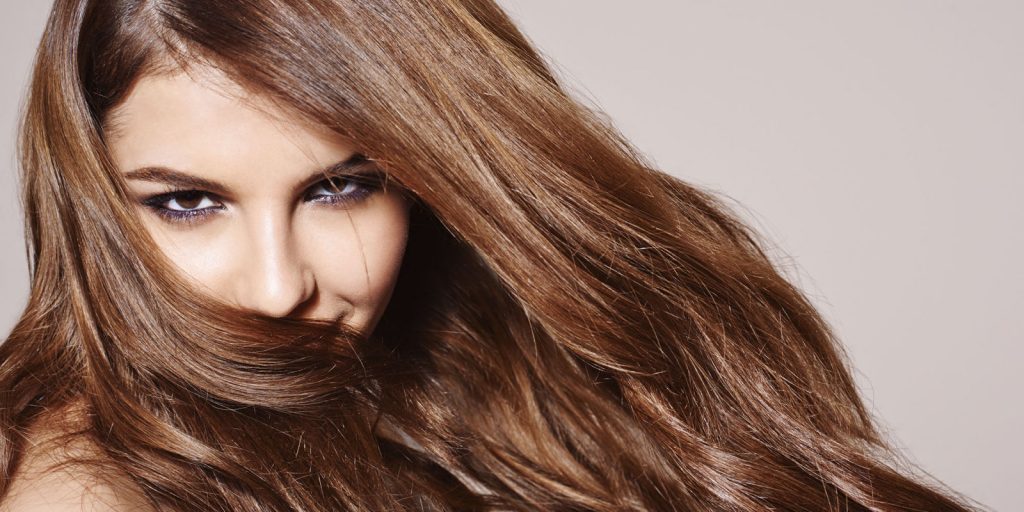Can hair porosity be connected with oil? YES! All oils are developed in such a way to treat a particular type of hair.
You can distinguish the following types:
- low porosity hair – smooth, shiny and healthy. It is hard to dye, style or blow-dry it. The scales tightly adhere to the cuticle layer. Saturated oils will take the best care of such type of strands.
- medium porosity – it is usually healthy and easy to style. The cuticle layer is looser. Monounsaturated oils will be the best treatment in this case.
- high porosity – those are usually curly, frizzy and static strands. What is more, they are damaged, easy to make them wet, dry quickly and can be colour-treated. Such wisps have gaps and holes in the cuticle. Therefore it is recommended to use polyunsaturated oils to improve their condition.
Apart form the three main porosities, you can also encounter normal hair prone to high porosity as well as medium porous hair with the tendency to lean towards low porosity.

How to determine hair porosity?
In order to confirm your hair porosity, you will have to run a few tests: eyesight test, touch test, flour test, float test and coconut oil test. Furthermore, if you want, you can have the condition of your strands and scalp checked by a trichologist. What is the examination like? With the use of an especially designed microscope camera, the doctor analyses the length, thickness and look of the hair ends and the condition of your scalp. The results are ready within a few minutes. What is more, you can ask the trichologist for advice regarding treatments (if necessary). He will select appropriate cosmetic for the care of your scalp. However, instead of spending money on the professional, you can try one or all the methods for determining hair porosity in the comfort of your own home. What exactly are they?
The eyesight method: simply observe your hair all the time. What does it mean? Take a closer look on how your strands look after washing, blow-drying, whether they become frizzy and loose lustre during rainy weather or maybe your wisps are difficult to style. If your answer to those questions is yes, your hair is of high porosity. However, if your strands do not change significantly regardless weather conditions and daily styling, that indicates medium or low porosity.
The touch test: grab a wisp of hair in two fingers and slide them up the shaft (toward the scalp). If you feel bumps and roughness, it means it is high porosity. Moreover, if the strand is smooth, then it is low porosity. However, you must remember that before using this method, you must thoroughly wash your hair. Make sure your wisps are free of any chemicals, detergents and silicones.
The flour test: sprinkle your hair with flour. In this case, high porosity hair will be covered with a large amount of flour. Small part of flour indicates that you have low porosity hair. Nevertheless, this method might not be completely reliable. The result of the test can be altered by the influence of sebum secreted by sebaceous glands or remnants of cosmetics previously used.
The float test: put a couple of wisps into a bowl filled with water. Strands that after a few minutes drown to the bottom are of high porosity. Water has penetrated through the loose cuticle layer with gaps and holes and overburdened it. Hair that is floating on the surface has low porosity.
The coconut oil method: apply a generous amount of coconut oil to your hair. After about an hour, wash it off and check how your strands look. If your wisps became frizzy and dull, they are high porosity whereas low porosity hair will remain smooth and shiny.
Is it possible to change hair porosity?
Yes, it is. For example, hair porosity can be changed from medium to high or high to low. It all depends on the way you treat your strands and scalp. With the use of proper cosmetics, you are able to significantly improve their condition, regenerate damaged ends and nourish scalp. Unfortunately, the level of porosity can be raised. Often colour-treating, styling with heat, using products that contain harmful substances, sun radiation and the influence of free radicals contribute to worsening of the appearance and condition of your wisps.
